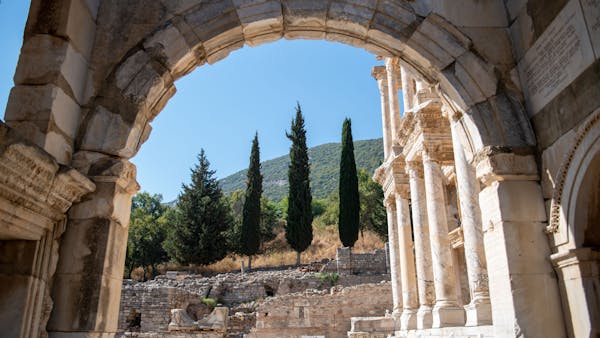Pergamos had several variations of its name in use throughout the centuries. Known as Pergamon or Pergamum in ancient greek it was also referred to as Pergamos in modern greek. Pergamos was a powerful city, opulent and wealthy built on an elevation of about 1000 feet by Aeolian greeks around 1150 BC
The elevation it was built at acted as a natural defense and the city was considered to be impregnable. In fact, it was so well fortified that there are reports of kings depositing large sums of money in Pergamos for safekeeping. One of these monarchs was Lysimachus who is said to have placed a fortune of about ten million dollars in Pergamos.
During the Hellenistic, which covers the time between the death of Alexander the Great and the rise of the Roman Empire, Pergamos became the capital of the Kingdom of Pergamon which was ruled by the Attalid dynasty. The Attalids came to power through a protracted power struggle centered around Lysimachus one of Alexander’s generals

